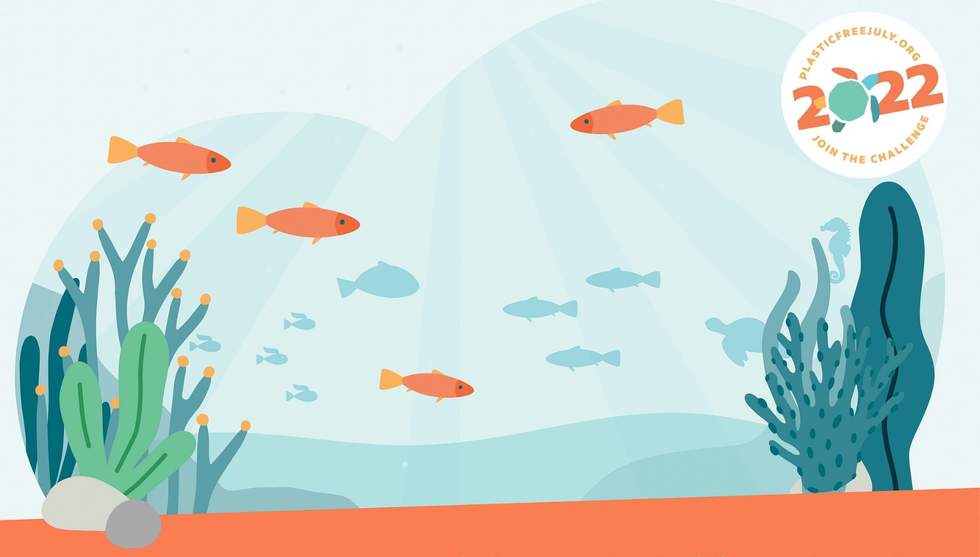
Plastic Free July: How plastic is made and why is it a problem?
This Plastic Free July, let's take a closer look at plastic and how we can reduce its use in our daily lives.
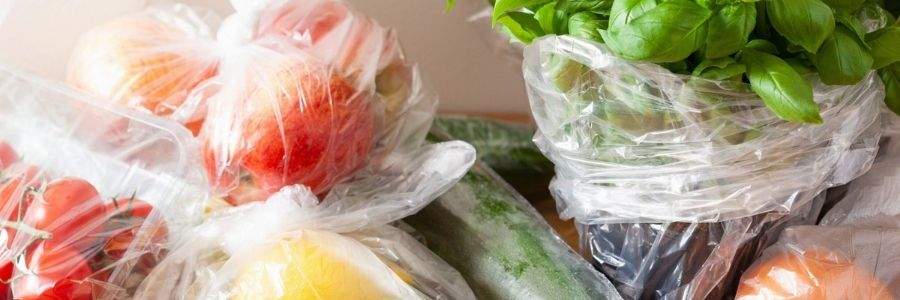
Plastics have become a common and accepted part of our lives. The material is widely used as the basis for food and drinks packaging as well as kitchen appliances, mobile phones, laptops, clothing, children's toys, and even our toothbrushes. You can find it pretty much everywhere you look and in places you wouldn't even consider.
Plastics are derived from materials such as cellulose, coal, natural gas, salt and, crude oil. Crude oil is a mixture of thousands of compounds and needs to be heavily processed before it can be used.
How plastic is made
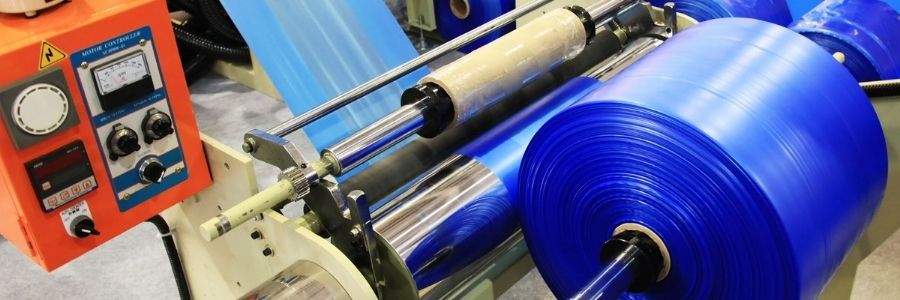
- It starts with raw materials, such as natural gas, oil or plants, refined into ethane and propane.
- Ethane and propane are treated with high heat, in a process known as cracking. This is how they’re converted into monomers such as ethylene and propylene.
- The monomers ethylene and propylene are combined with a substance to create a polymer “fluff,” which looks like powdered laundry detergent.
- The polymer is fed into an extruder, where it is melted and fed into a pipe.
- The plastic forms a long tube as it cools.
- The tube is cut into small pellets.
- Pellets are shipped to factories to be melted and moulded into water bottles, food packaging, auto parts, medical devices and much more.
Environmental impacts
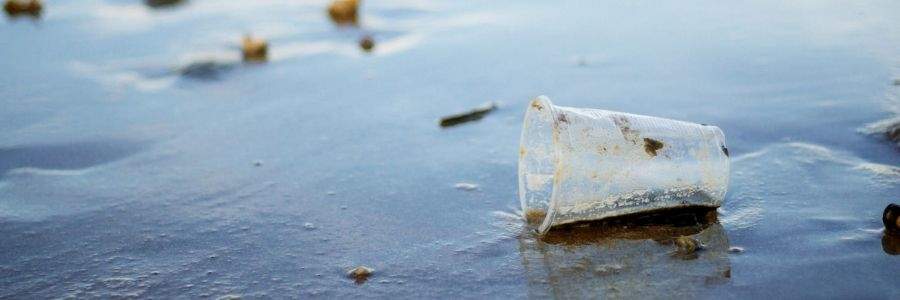
While plastic is an extremely diverse and relatively cheap material, it has damaging environmental impacts. The average piece of single-use plastic is used for about 12 minutes before it gets discarded and can take more than 500 years to degrade and will never fully break down, degrading into smaller microplastics.
Approximately 2 million metric tonnes of plastic waste ends up in the ocean every year. This has created five huge patches of plastic waste in oceans right across the globe. The largest of which – The Great Pacific Garbage Patch - covers an estimated surface area of 1.6 million square kilometres – twice the size of the New South Wales!
Scientists have learned that seabirds, fish, whales and other marine critters are eating plastics in the ocean because they can look and smell like food. Marine life will frequently swim into or collide with plastic; a life-threatening situation for those who are unable to disentangle themselves.
A report by the Ellen MacArthur Foundation estimates that if current plastic pollution rates continue, there will be more plastic in the sea than fish by 2050.
So how is Council avoiding plastic? We've committed to eliminating avoidable single-use plastics from council's operations and are now working on removing them from Council-owned buildings like sporting clubs and community centres.
Plastic Free July
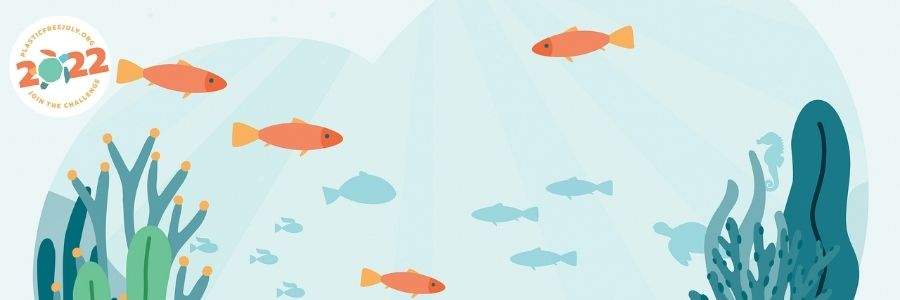
Join millions of people reducing their plastic waste.
Plastic Free July is a global movement that helps millions of people be part of the solution to plastic pollution – so we can have cleaner streets, oceans, and beautiful communities. Will you be part of Plastic Free July by choosing to refuse single-use plastics?

